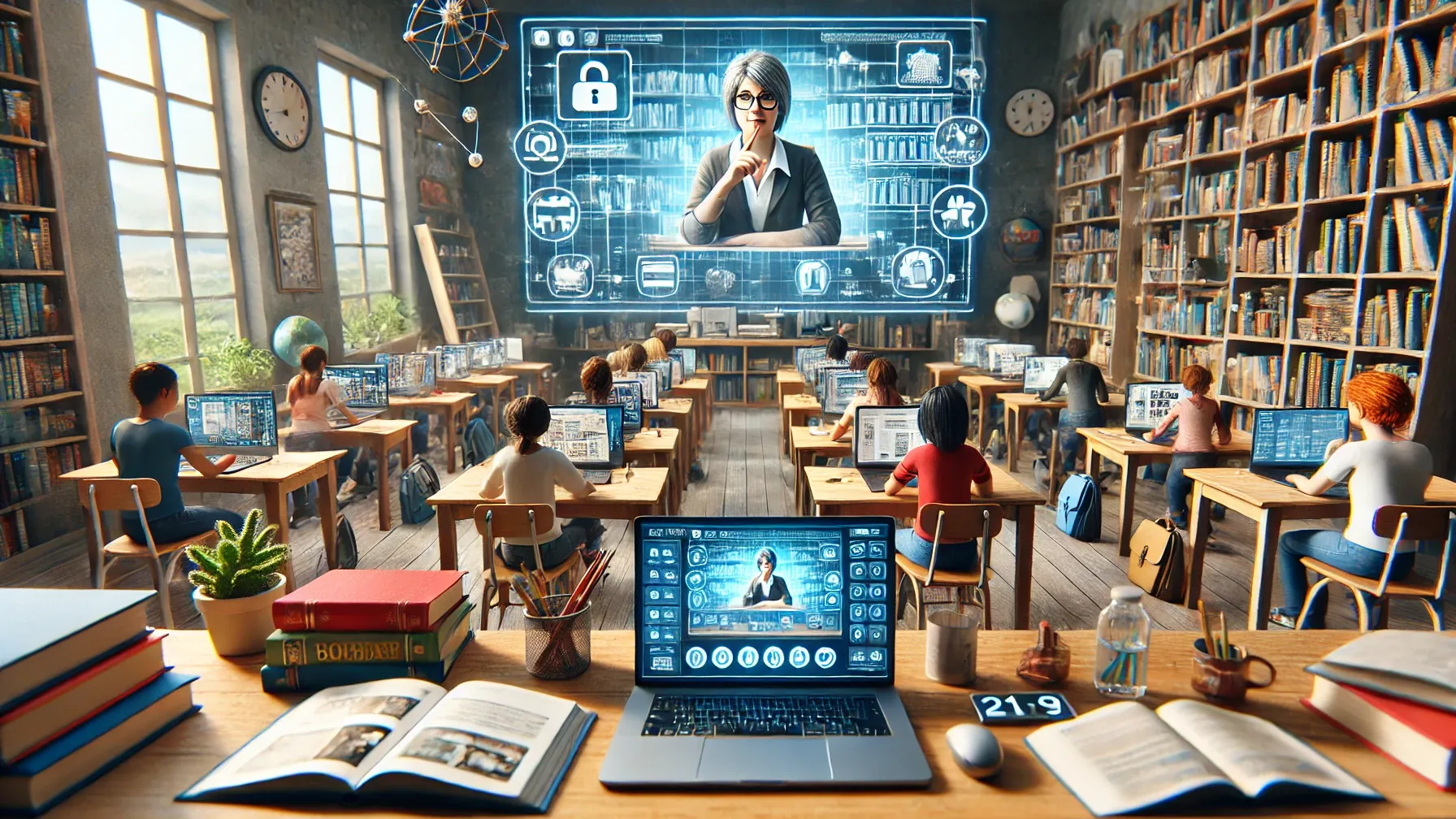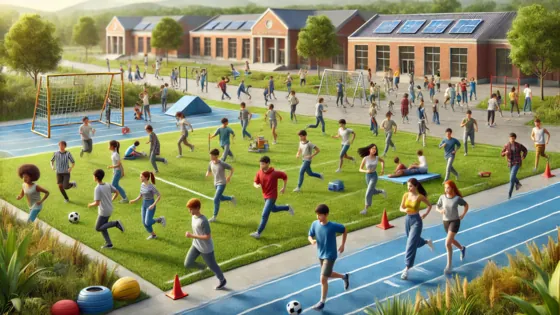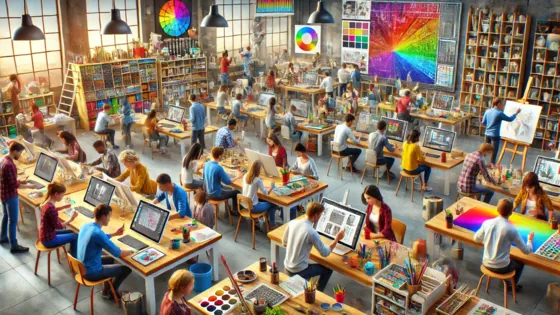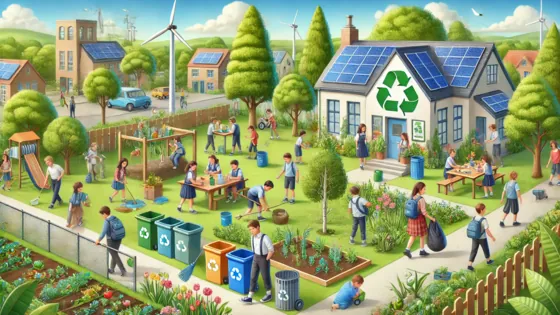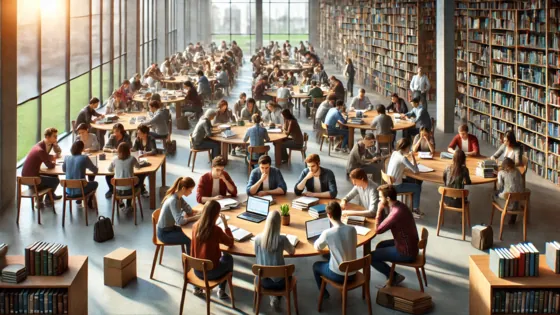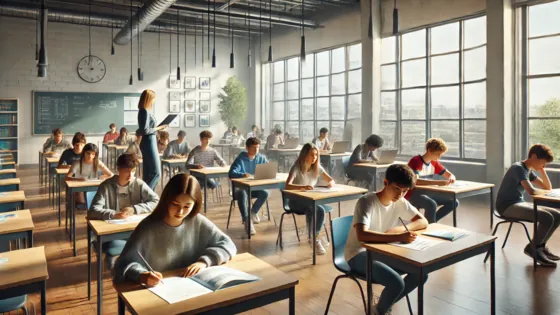The COVID-19 pandemic fundamentally altered the educational landscape globally. Schools and universities were shuttered, prompting a swift shift to remote learning and demanding adaptations to new realities, posing numerous challenges for students, teachers, and parents. This article explores the major difficulties faced by educational institutions and the strategies implemented to surmount them.
Core Challenges

The COVID-19 outbreak tested the global education system severely. The urgent need to transition to remote learning modalities, ensure equal access to educational resources, and maintain the psychological well-being of both students and educators presented numerous fresh challenges. Let's examine these challenges in greater detail.
Transition to Remote Learning
The abrupt adoption of remote learning was among the most significant challenges. Most schools and universities were unprepared for such a drastic transformation. Educators had to quickly familiarize themselves with new platforms and teaching methods, while students had to adapt to learning in unfamiliar environments.
Inequality in Technology Access

The disparity in access to modern technology became particularly pronounced during the pandemic. Not all families could afford computers or reliable internet, creating significant educational disparities. This challenge necessitated urgent measures to equip all students with the necessary technological tools.
Maintaining Motivation and Engagement
Keeping students motivated and engaged in a remote learning context proved challenging. The lack of face-to-face interaction with peers and teachers, difficulties in concentrating, and self-organization negatively impacted learning outcomes.
Psychological Health of Students and Educators

Isolation and the lack of usual social interactions led to increased psychological issues among students and educators. Stress, anxiety, and depression became common during remote learning, prompting the introduction of psychological support programs.
Adaptation of Teaching Methodologies
Educators were compelled to quickly adapt their teaching methodologies to the new circumstances. The integration of digital tools, creation of interactive materials, and mastering new interactive formats were essential to maintaining educational quality.
Assessment of Student Performance

Evaluating student knowledge and skills in a remote learning environment raised numerous questions. Traditional methods of monitoring student progress were not always applicable, necessitating the development of new assessment methods that considered the peculiarities of online education.
Solutions
The COVID-19 pandemic forced educational institutions worldwide to seek new approaches and methods to address these numerous challenges. Here are the main solutions that helped overcome difficulties and adapt the education system to new realities.
Implementation of Remote Learning

One of the first steps was the widespread adoption of remote learning. Many schools and universities developed and began using platforms for online education such as Zoom, Microsoft Teams, and Google Classroom, allowing educational processes to continue despite the closures.
Ensuring Access to Technology
To eliminate inequality in access to educational resources, extensive measures were taken to provide students with necessary technical means. Governments and private organizations provided students and teachers with laptops, tablets, and free internet access. In some regions, centers were set up where students could use computers and the internet.
Development of Methodological Materials and Courses
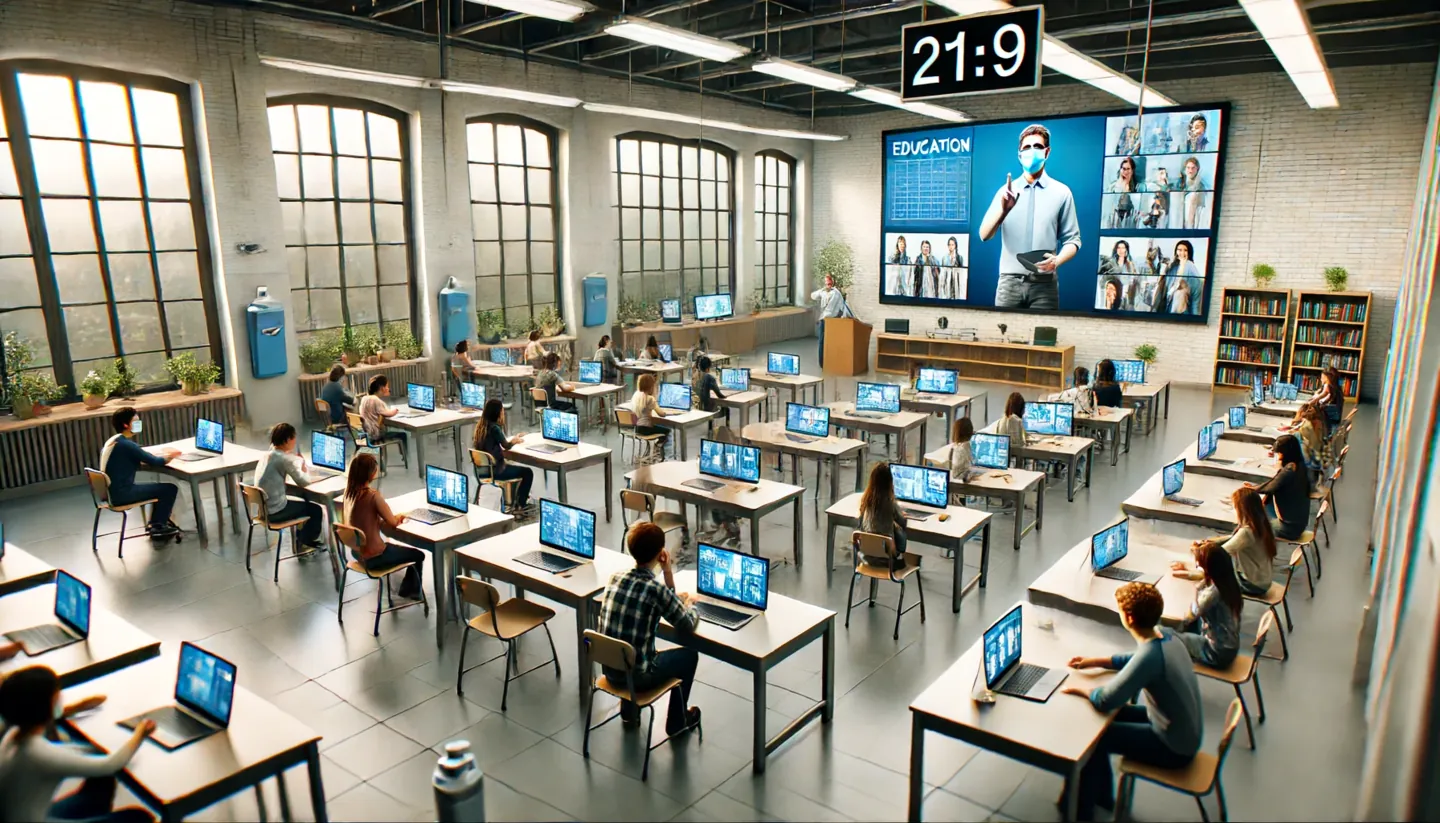
Educators actively developed and adapted methodological materials for remote learning. Interactive lessons, video materials, online courses, and electronic textbooks were created, ensuring high-quality education and making it more accessible and engaging for students.
Support for Psychological Health
Programs for psychological support were introduced to aid the mental health of students and teachers. Online consultations with psychologists, support groups, and stress management training were organized. Schools and universities also conducted webinars and seminars on psycho-emotional well-being.
Implementation of Hybrid Learning Models
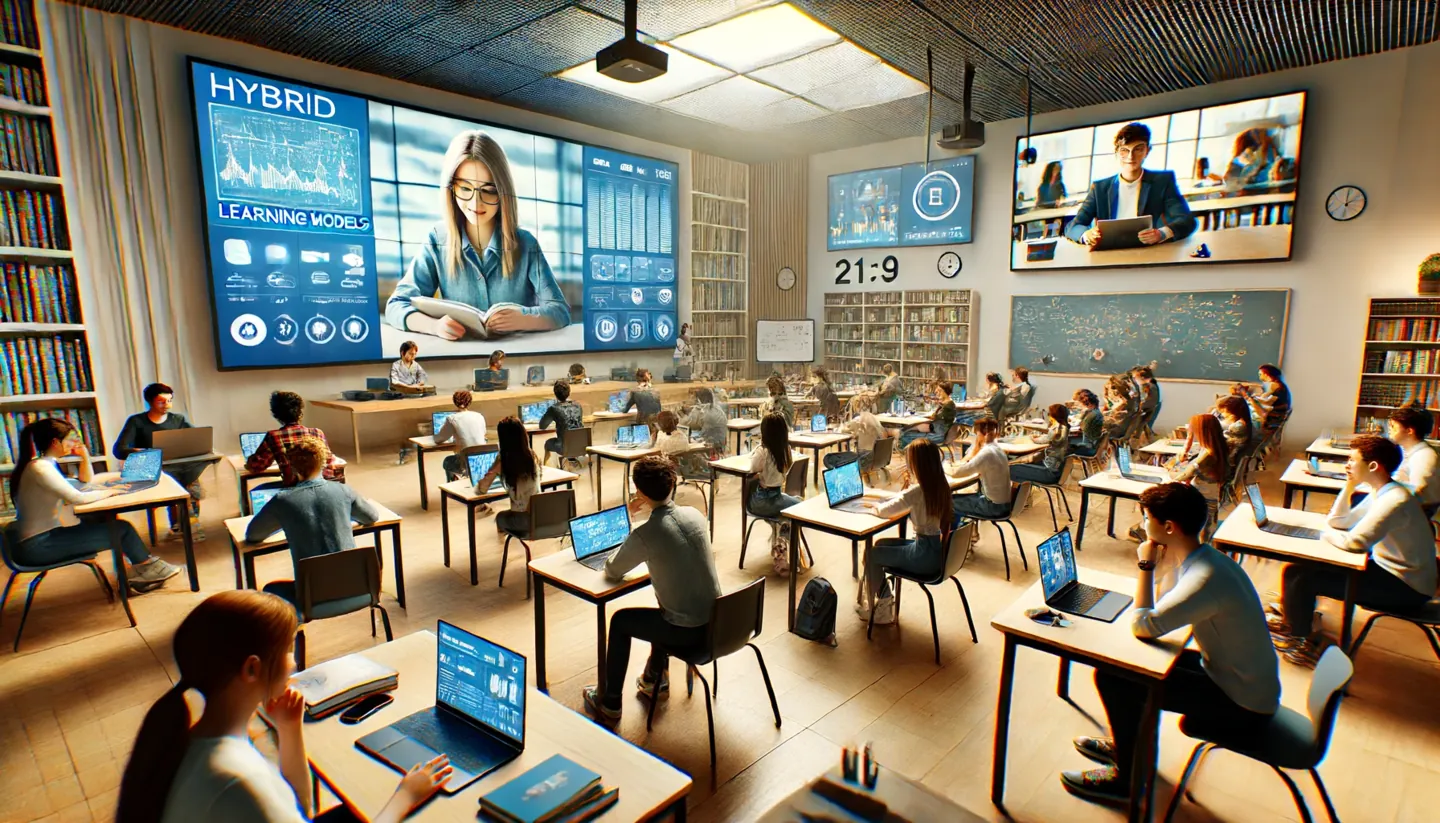
Many educational institutions began using hybrid learning models, combining online and offline formats. This reduced the burden on remote learning systems and provided a more flexible approach to education. Students could attend some classes in person and others online.
Professional Development of Educators
During the pandemic, particular attention was paid to the professional development of educators. Courses, seminars, and training on using digital tools and remote teaching methods were organized, enabling teachers to quickly adapt to new conditions and conduct classes effectively.
Revising Approaches to Knowledge Assessment

Traditional forms of knowledge assessment were not always applicable in remote learning conditions. Therefore, new methods were developed, including online testing, projects, essays, and other forms of assessment that took into account the specifics of online learning.
Enhancing Collaboration and Experience Sharing
Educational institutions began to collaborate actively and share experiences. Webinars, conferences, and round tables were held to discuss best practices and successful cases in organizing remote education. This allowed for the rapid implementation of effective solutions and improved educational quality.
Conclusion
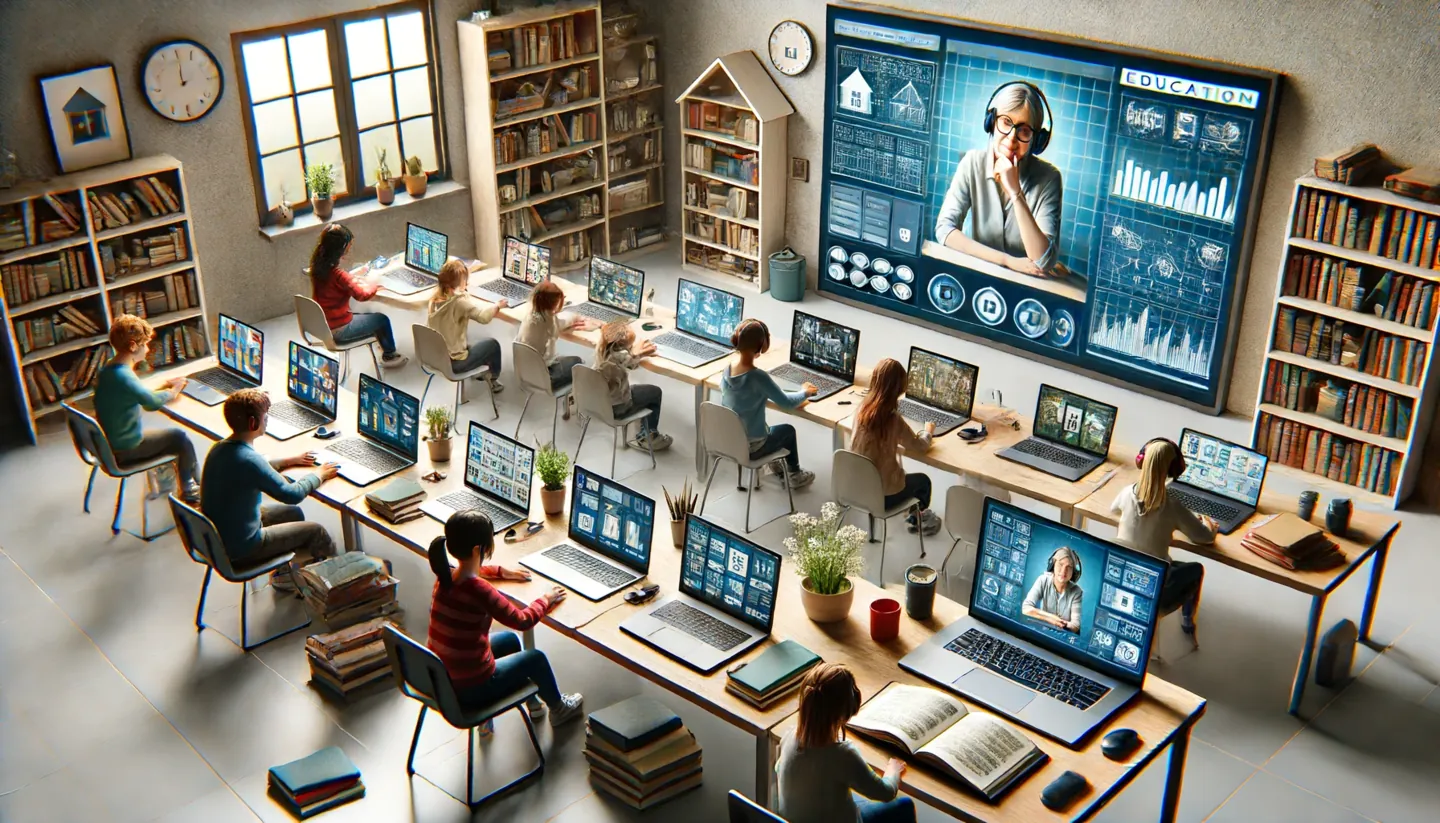
The COVID-19 pandemic presented numerous challenges to the educational system, requiring immediate solutions. However, despite these difficulties, educational institutions worldwide managed to find effective ways to overcome these challenges. Transitioning to remote learning, ensuring equal access to technology, maintaining psychological health, and adapting teaching methodologies became key areas of focus during the pandemic. It is crucial to continue developing and improving these measures to ensure sustainable and high-quality education under any circumstances.

